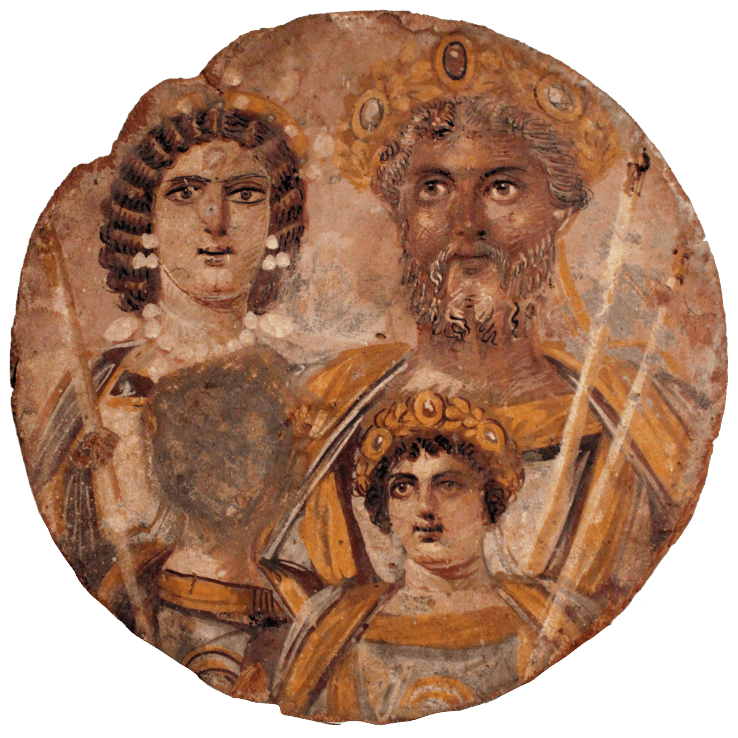
Even though ancient polychromy is a fact of history, for centuries archeologists and museum curators have been scrubbing away these traces of color before presenting statues and architectural reliefs to the general public. Furthermore, most museums and art history textbooks contain predominantly neon white displays of skin tone when it comes to classical statues and sarcophagi. And most exhibitions of ancient sculpture and architecture do not include any reference to rich pigments that used to cover their surfaces.
Marco Leona, who runs the scientific-research department at the Metropolitan Museum of Art, has called Ancient polychromy the "best kept secret that is not even a secret" of western art history, fueled by material and scholarly omission.

